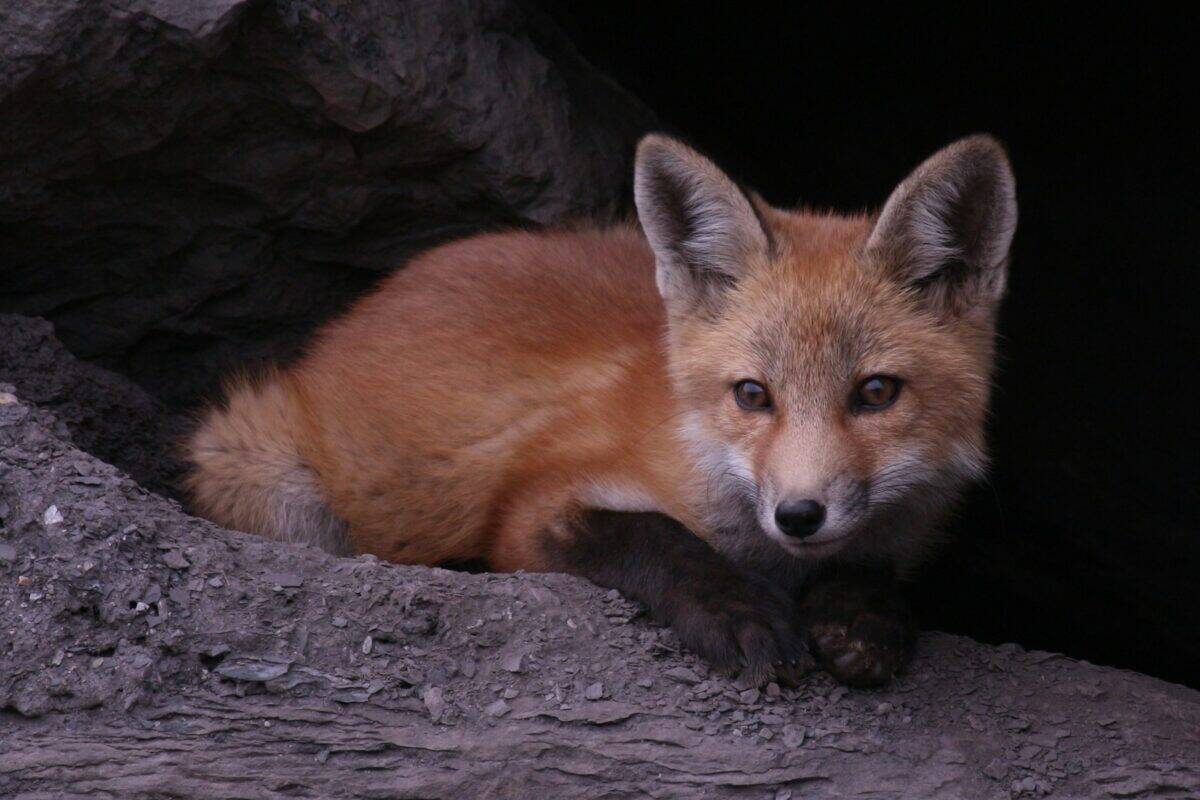In the wild, foxes face a constant battle for survival against larger predators including wolves, coyotes, bears, mountain lions, eagles, and humans. Despite their relatively small size, foxes have managed to thrive across diverse habitats worldwide due to their remarkable adaptability and stealth tactics. These medium-sized canids, weighing between 5-30 pounds depending on the species, must rely on cunning rather than strength when confronted with threats.
Their position in the middle of the food chain presents a unique challenge—foxes are both predators and prey. While they hunt smaller animals like rodents, birds, and rabbits, they must simultaneously avoid becoming meals for larger carnivores. This precarious position has driven the evolution of sophisticated evasion techniques that have fascinated wildlife biologists and nature enthusiasts alike. Their stealth abilities represent one of nature’s most refined survival strategies.
Masters of Camouflage
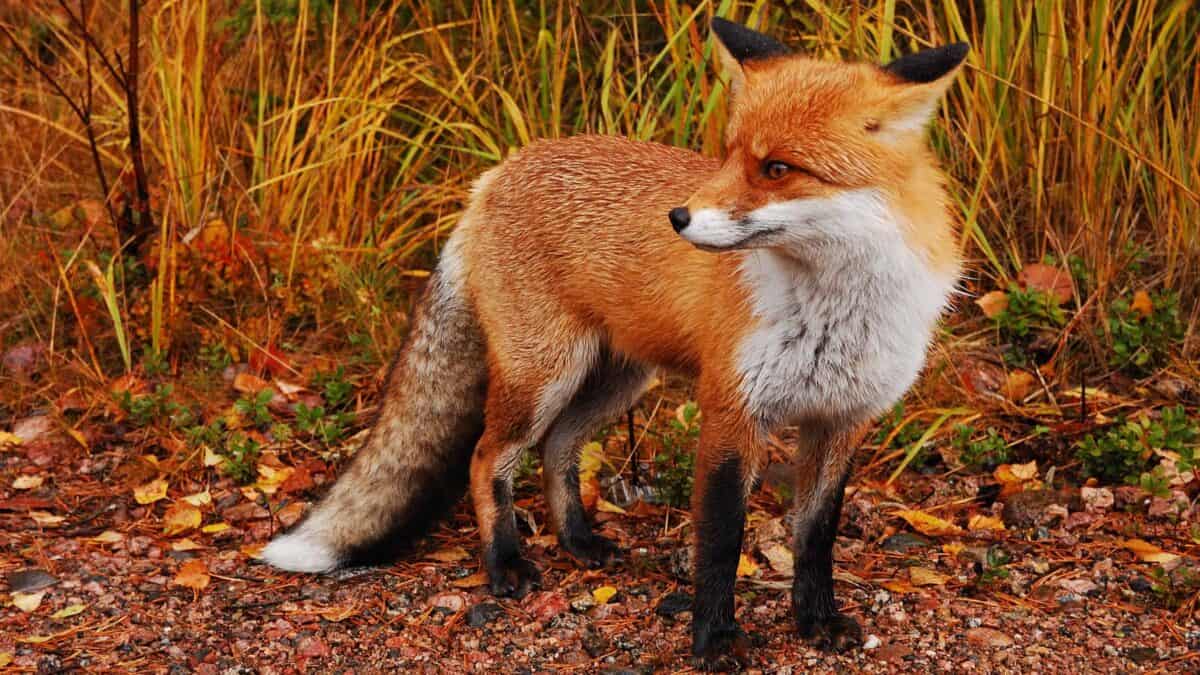
A fox’s coat serves as its first line of defense against detection. Most fox species possess fur that naturally blends with their surroundings—the red fox’s rusty coloration matches autumn leaves and soil, while arctic foxes change their coat seasonally from brown in summer to white in winter. This evolutionary adaptation allows them to virtually disappear against their natural backdrop. The coloration isn’t random but has evolved specifically to match the predominant colors of their habitat.
Beyond basic coloration, foxes have distinctive fur patterns that break up their outline when viewed from a distance. The black leg markings, ear tips, and tail points of many fox species create visual disruption that makes their silhouette less recognizable to predators scanning the landscape. This technique, known as disruptive coloration, is the same principle used in military camouflage and works especially well in dappled forest light or areas with varied vegetation.
Silent Movement Techniques
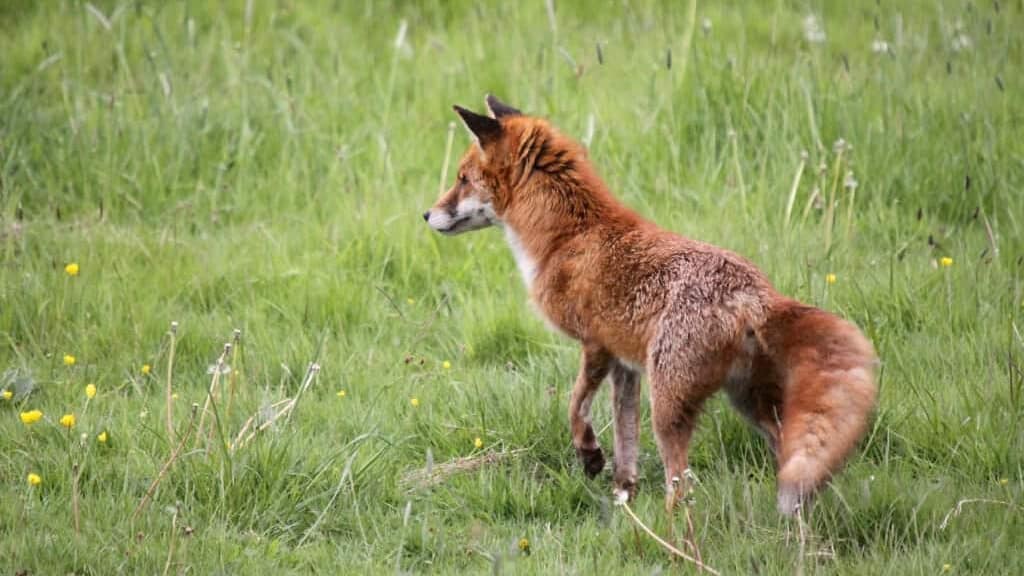
Foxes are remarkably quiet travelers, having perfected the art of silent movement through various environments. Their padded paws contain specialized cushioning that absorbs sound and vibration, allowing them to place each foot with precision that minimizes noise. Observers note that foxes appear to “test” each step before committing their weight, ensuring they don’t snap twigs or rustle leaves that might alert predators to their presence.
When moving through potentially dangerous areas, foxes adopt a distinctive gait called “direct registering,” where they place their hind paws directly into the prints left by their front paws. This technique not only minimizes noise but also reduces the number of tracks left behind, making them harder for predators to track. During winter, this same technique helps them navigate through snow with minimal energy expenditure while leaving less evidence of their passing—a crucial advantage when wolves or coyotes might be following their trail.
The Art of Scent Management
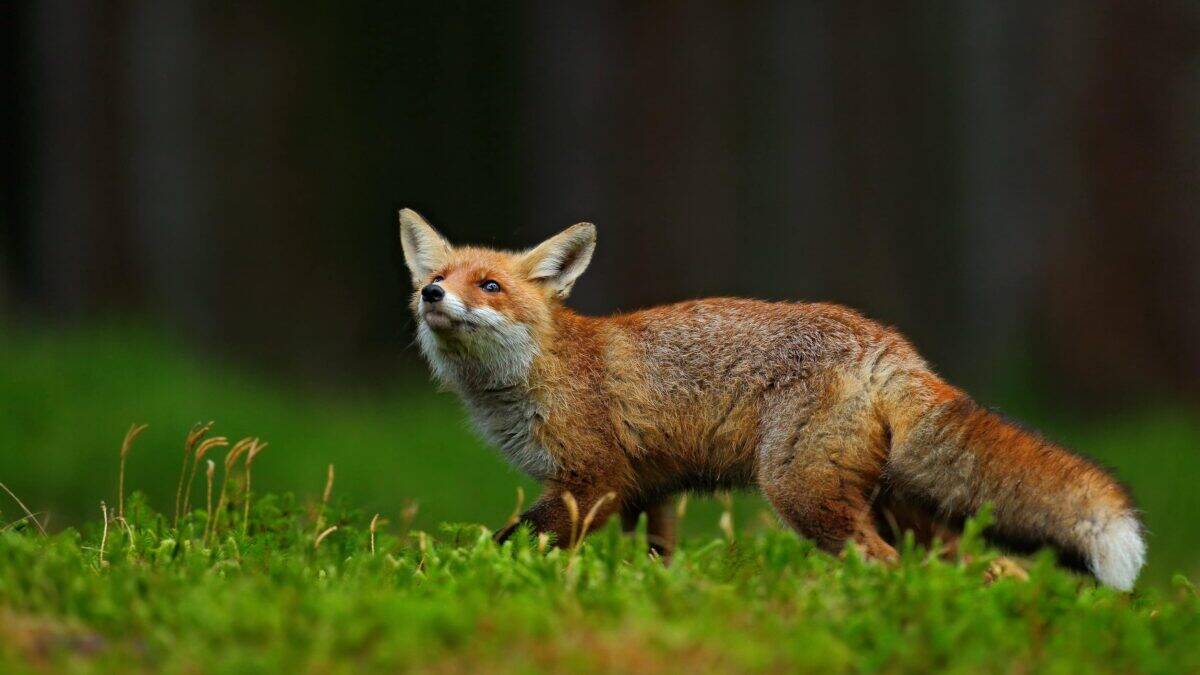
Predators with keen olfactory abilities, like wolves and bears, often hunt by following scent trails. Foxes counter this threat through sophisticated scent management tactics. They possess specialized scent glands that they can control to some degree, reducing their odor emission when evading detection. Additionally, foxes are known to urinate on strong-smelling objects or roll in pungent materials like rotting carcasses or animal droppings to mask their natural scent with overpowering odors.
Water features prominently in a fox’s scent-evasion strategy. They frequently cross streams or walk through shallow water to break their scent trail, confusing tracking predators. Research has documented foxes taking detours of up to half a mile specifically to cross water bodies when being pursued. Some observers have even reported foxes doubling back on their own trail and then making long jumps to the side, creating confusing scent patterns that can throw off even the most determined predator.
Strategic Use of Terrain
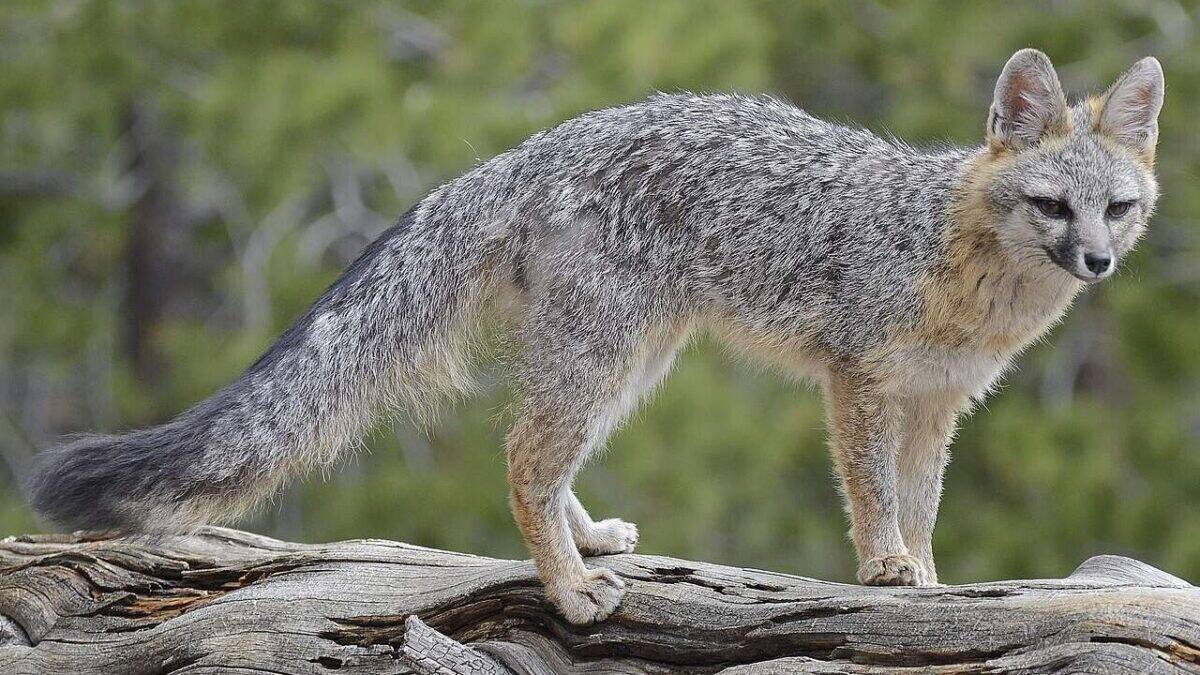
Foxes demonstrate remarkable awareness of their surroundings, using terrain features to their advantage when evading threats. They preferentially travel along ridgelines, rocky outcrops, fallen logs, and other complex terrain features that provide multiple escape routes. These natural landscape elements also offer elevated vantage points from which foxes can detect approaching danger while remaining concealed themselves, giving them crucial extra seconds to disappear before predators arrive.
Perhaps most impressively, foxes memorize the locations of multiple burrows, dense thickets, and other hiding spots throughout their territory. Studies using GPS tracking have revealed that foxes maintain mental maps of dozens of potential refuges and can navigate directly to the nearest appropriate shelter when threatened. This spatial awareness extends to understanding which hiding spots would be effective against different predator types—choosing water escapes for land predators or underground dens when threatened from above by raptors.
The Frozen Statue Technique

When direct detection seems inevitable, foxes often employ a surprising strategy: absolute stillness. The “frozen statue” technique involves the fox becoming completely motionless, sometimes for extended periods exceeding 15 minutes. This strategy exploits the fact that predator vision is often motion-sensitive, making stationary objects much harder to detect, even in open terrain. The fox’s naturally camouflaged coat becomes most effective when the animal isn’t moving, creating a nearly perfect disappearing act.
Remarkably, foxes can maintain this frozen posture even in uncomfortable or precarious positions. Wildlife photographers have documented foxes remaining motionless with one paw raised mid-step or in awkward crouching positions until danger passes. This ability requires exceptional muscle control and patience—physiological adaptations that have evolved specifically for predator evasion. Young fox kits begin practicing this technique during play as early as four weeks of age, demonstrating its fundamental importance to fox survival.
Deceptive Behaviors

Beyond physical stealth, foxes employ sophisticated deceptive behaviors that suggest advanced cognitive abilities. When being actively pursued, foxes may suddenly change direction, double back on their trail, or make erratic movements to confuse predators. They’ve been observed deliberately creating false trails by wandering in circles before suddenly making a long leap in an unexpected direction, effectively creating a “break” in their trail that can confound tracking predators.
Some of the most fascinating deception tactics involve what biologists call “intentional distraction.” Foxes have been documented knocking over objects, disturbing smaller animals to create noise in one location, or even briefly revealing themselves before disappearing in a different direction. These actions appear calculated to draw a predator’s attention away from their actual escape route or the location of their vulnerable young. Such behaviors suggest a level of strategic thinking that goes beyond mere instinct.
Night-time Advantages
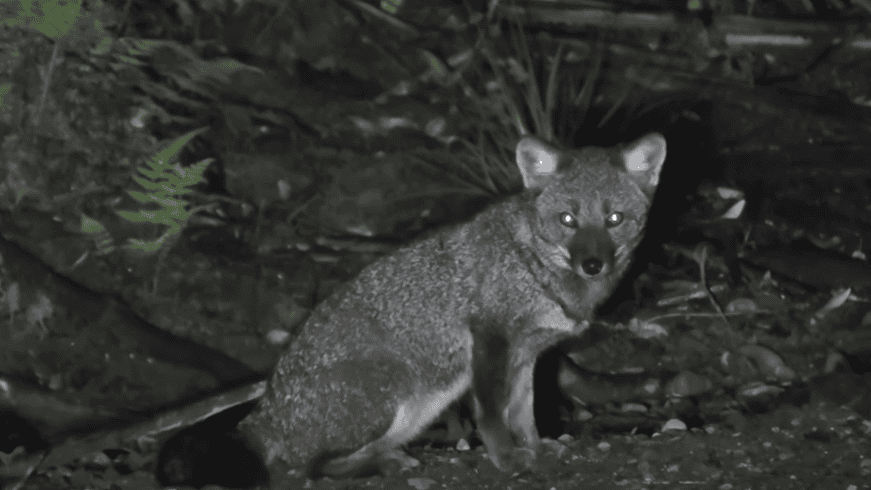
Many fox species have evolved to be primarily nocturnal or crepuscular (active at dawn and dusk), timing their activities to periods when most large predators have limited visibility. Foxes possess exceptional night vision thanks to specialized eye structures including a reflective layer called the tapetum lucidum, which effectively amplifies available light. This adaptation gives them a significant advantage over many predators during low-light conditions.
Beyond vision, foxes rely heavily on their acute hearing during nighttime navigation. Their distinctive ears can rotate independently to pinpoint sounds with remarkable precision, allowing them to detect predator movements from considerable distances. This sensory advantage combines with their natural stealth to make foxes particularly effective at avoiding detection during darkness. Research using night-vision technology has revealed that foxes can successfully evade nocturnal predators like owls over 80% of the time through their combination of sensory advantages and stealth tactics.
Burrow Network Strategies
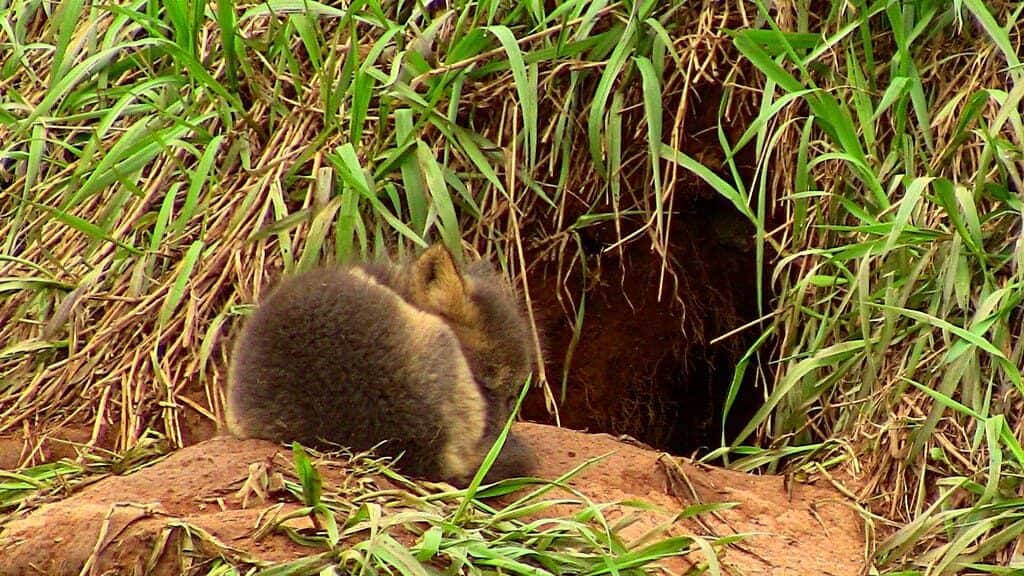
Unlike many canids that dig simple dens, foxes often create elaborate underground networks with multiple entrances and emergency exits. These burrow systems, sometimes called “earths,” feature complex designs with sleeping chambers, food storage areas, and narrow escape tunnels too small for larger predators to navigate. The primary burrow may have 4-8 entrances, while auxiliary escape holes may be camouflaged with vegetation and only used in emergencies.
Strategically, foxes maintain multiple burrow systems throughout their territory rather than relying on a single den. When pursued, they may enter one burrow entrance and emerge from another far away, completely confounding predators. Field studies have documented foxes traveling through underground tunnel networks and emerging more than 50 meters from where they entered, effectively “vanishing” from a predator’s perspective. Some fox species, like the Arctic fox, may also take over and modify abandoned burrows from other animals, saving energy while maintaining their safety network.
Social Alarm Systems
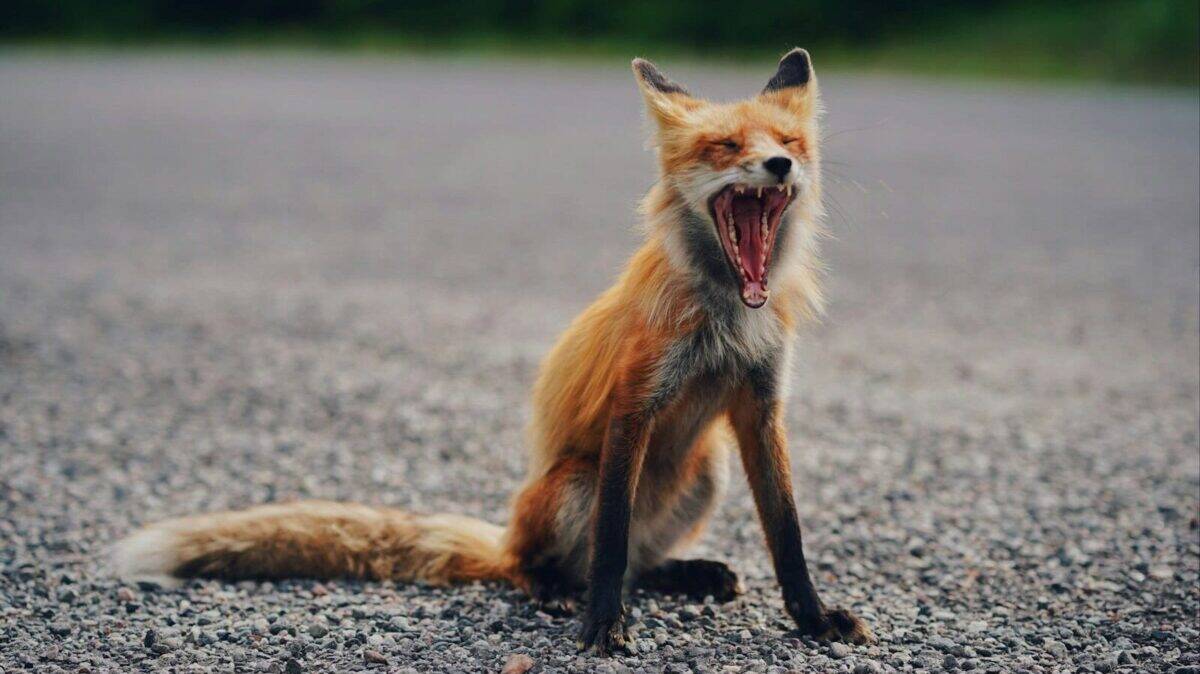
While often portrayed as solitary animals, many fox species maintain loose social connections that serve as mutual warning systems against predators. Family groups may maintain overlapping territories with specific vocalizations used to signal danger. The high-pitched barking sound foxes make when alarmed can carry for significant distances, alerting other foxes to potential threats without revealing the caller’s exact location.
This social alarm system extends beyond vocal communication. Foxes also use scent marking to leave information about predator activity for other foxes. Research has shown that fox scent marks contain chemical signatures that can communicate specific information about what type of predator was encountered and how recently. This sophisticated communication network effectively creates a distributed surveillance system across the landscape, giving individual foxes access to threat information beyond their personal experience and significantly enhancing their survival odds.
Physiological Adaptations for Stealth
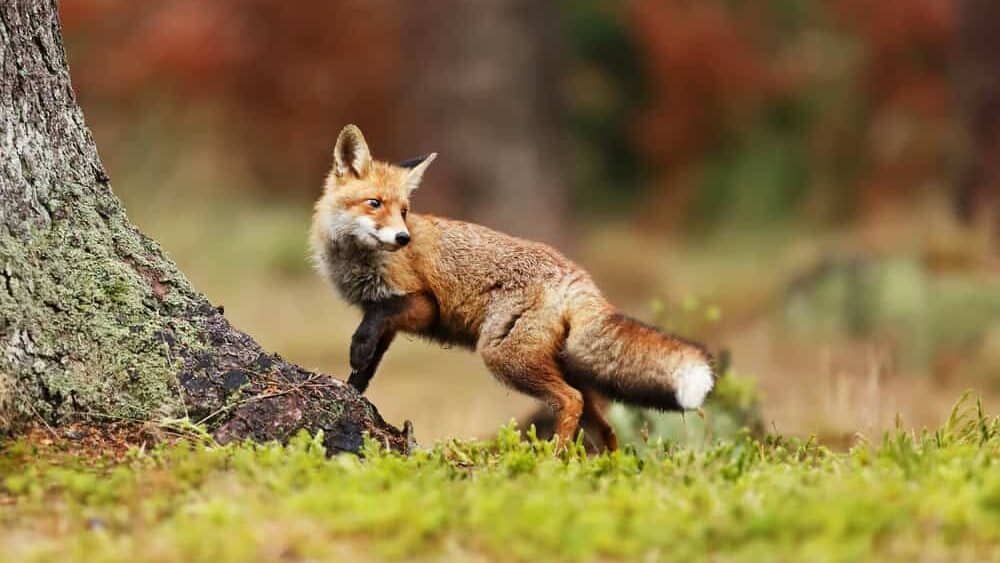
Evolution has equipped foxes with physical attributes specifically designed for stealth. Their lightweight bodies allow for quick, agile movements without creating significant ground vibrations that larger predators might detect. Their slender build enables them to squeeze through incredibly narrow spaces—a red fox can pass through a hole as small as 6 inches in diameter—allowing access to escape routes unavailable to larger pursuers.
Even the fox’s respiratory and circulatory systems support their stealth capabilities. When hiding, foxes can slow their breathing rate dramatically, reducing detectable movement and sound. Their body temperature regulation is also exceptional; infrared studies have shown that foxes can temporarily reduce blood flow to their extremities when stationary, decreasing their heat signature and making them less visible to predators with heat-sensing capabilities, such as some snakes and modern human hunters with thermal imaging technology.
Learning and Adaptation

Perhaps the most remarkable aspect of fox stealth is their capacity for learning and adaptation. Unlike creatures relying solely on instinct, foxes demonstrate significant behavioral plasticity—they can modify their stealth tactics based on experience and specific threats. Studies of urban foxes show they quickly develop specialized evasion techniques for human-dominated environments, using noise patterns, traffic rhythms, and artificial structures in ways their forest-dwelling counterparts never would.
This learning extends to identifying individual predators and their specific hunting methods. Foxes that survive an encounter with a particular wolf, eagle, or human hunter will adapt their evasion strategies specifically for that predator if encountered again. Mother foxes actively teach stealth techniques to their kits through demonstration and play, creating a form of cultural knowledge transmission. This combination of innate stealth instinct and learned adaptability makes foxes among the most successful mesopredators worldwide, allowing them to thrive despite significant predation pressure.
The sophisticated stealth abilities of foxes represent one of nature’s most elegant evolutionary solutions to the challenge of surviving in a world full of larger predators. These adaptations—from silent movement and camouflage to complex deception and spatial awareness—have allowed foxes to thrive across six continents and countless habitat types. Their success story demonstrates how intelligence and adaptability can be just as valuable for survival as physical strength or size.
As we continue to study these remarkable animals, we gain deeper insights into the complex dynamics of predator-prey relationships and the evolutionary arms race that shapes them. For foxes, stealth isn’t merely a behavior but a comprehensive survival strategy woven into every aspect of their physical form and behavior. Their mastery of evasion not only ensures their own survival but maintains crucial ecological balance by allowing these mesopredators to fulfill their vital role in ecosystems worldwide, controlling small mammal populations while providing food for apex predators in a perfectly choreographed dance of survival.
- How Foxes Use Stealth to Evade Predators - August 10, 2025
- Why Do Some Dog Breeds Love to Dig Holes? - August 10, 2025
- The Largest Whale Ever Caught on Camera - August 10, 2025

